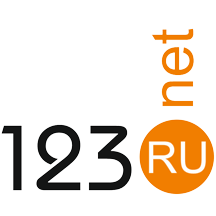The sucrose challenge symptoms test optimized for diagnosis of congenital sucrase isomaltase deficiency
by Kasidy Street, Weng Tao, Brooks Cash, John Leung, Christopher Hayes, Derick Cooper, Ward Peterson
BackgroundCongenital sucrase isomaltase deficiency (CSID), an inherited carbohydrate malabsorption disorder, is difficult to diagnose because of overlapping symptoms with other gastrointestinal (GI) diseases. An at-home study was conducted in CSID and healthy adults to evaluate the diagnostic utility of self-reported GI symptoms following administration of a sucrose challenge.
MethodsThis study investigated the optimum symptom scoring with a sucrose challenge symptoms test (SCST) for diagnosing CSID in 45 confirmed patients and 118 healthy controls. Subjects self-reported the severity of GI symptoms using a 10-point Likert scale after ingesting 50 grams of sucrose on an empty stomach. The receiver operator characteristics curve (ROC) was used to identify the diagnostic variable with the highest Youden Index, a measure of diagnostic performance.
ResultsAll six symptoms were significantly worse in the CSID group within 2 hours after the sucrose challenge. The diagnostic variable with the highest Youden Index was worsening in global symptoms scores at 1- and 2-hours (11.7 [CSID] vs 3.2 [Controls]; P<0.001.) Optimized by gender, the sensitivity and specificity for this diagnostic variable were 87% and 81%, respectively.
ConclusionsThe SCST is a simple, non-invasive at-home test that can aid in a CSID diagnosis.
